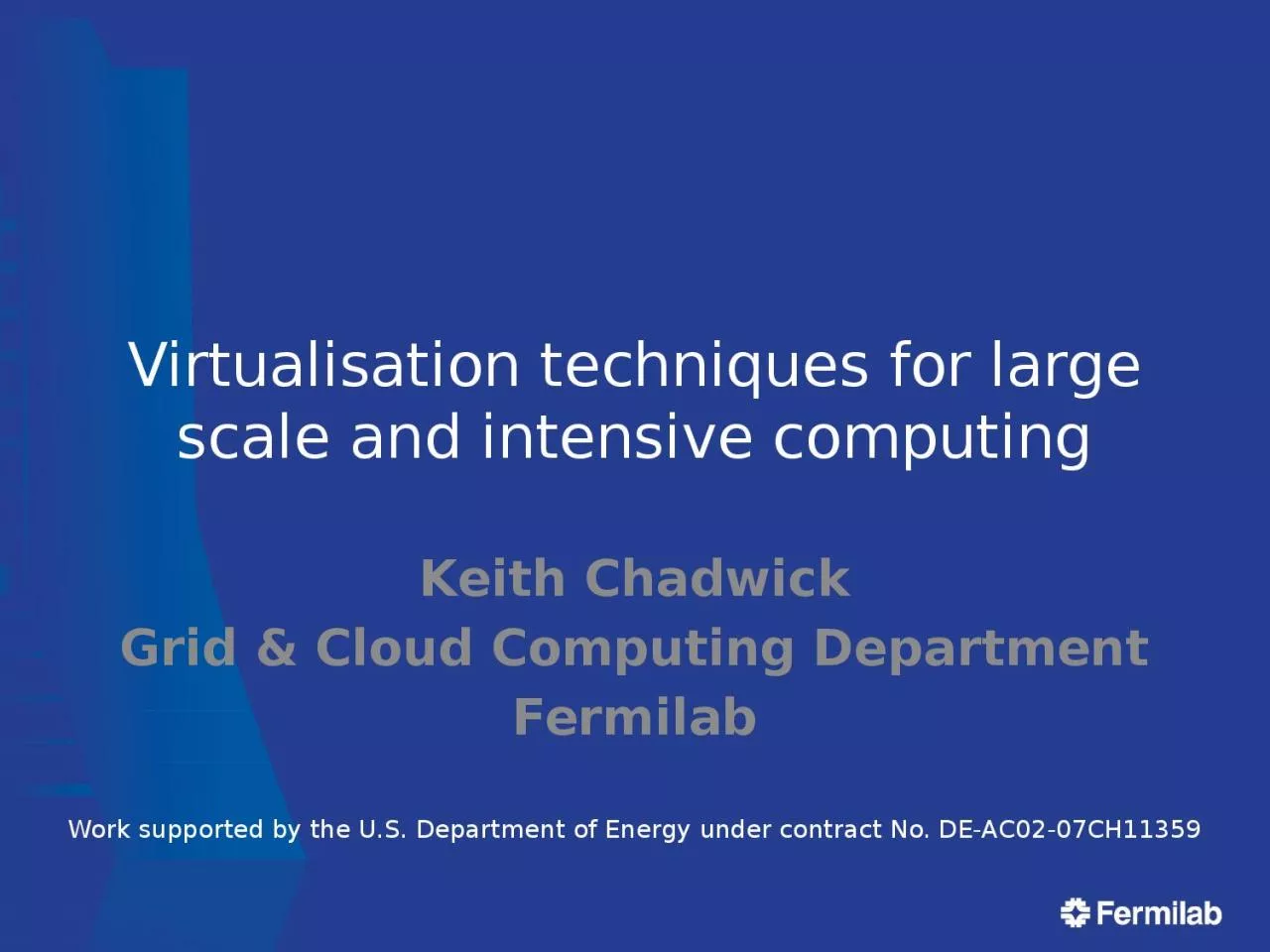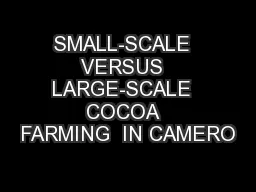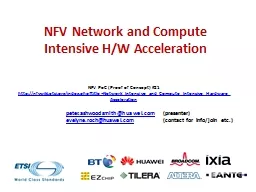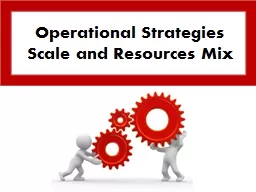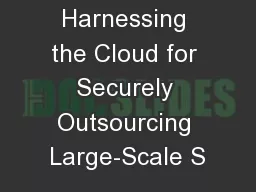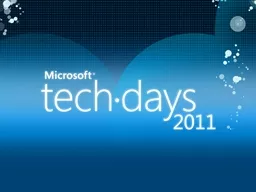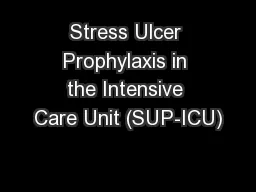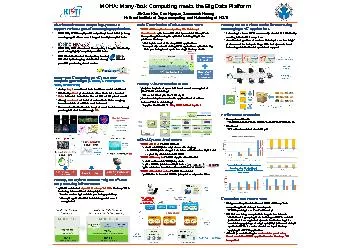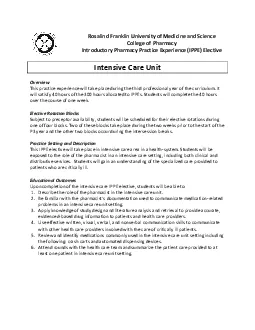PPT-Virtualisation techniques for large scale and intensive computing
Author : kylie | Published Date : 2023-10-25
Keith Chadwick Grid amp Cloud Computing Department Fermilab Work supported by the US Department of Energy under contract No DEAC0207CH11359 Acknowledgements Many
Presentation Embed Code
Download Presentation
Download Presentation The PPT/PDF document "Virtualisation techniques for large sca..." is the property of its rightful owner. Permission is granted to download and print the materials on this website for personal, non-commercial use only, and to display it on your personal computer provided you do not modify the materials and that you retain all copyright notices contained in the materials. By downloading content from our website, you accept the terms of this agreement.
Virtualisation techniques for large scale and intensive computing: Transcript
Download Rules Of Document
"Virtualisation techniques for large scale and intensive computing"The content belongs to its owner. You may download and print it for personal use, without modification, and keep all copyright notices. By downloading, you agree to these terms.
Related Documents

